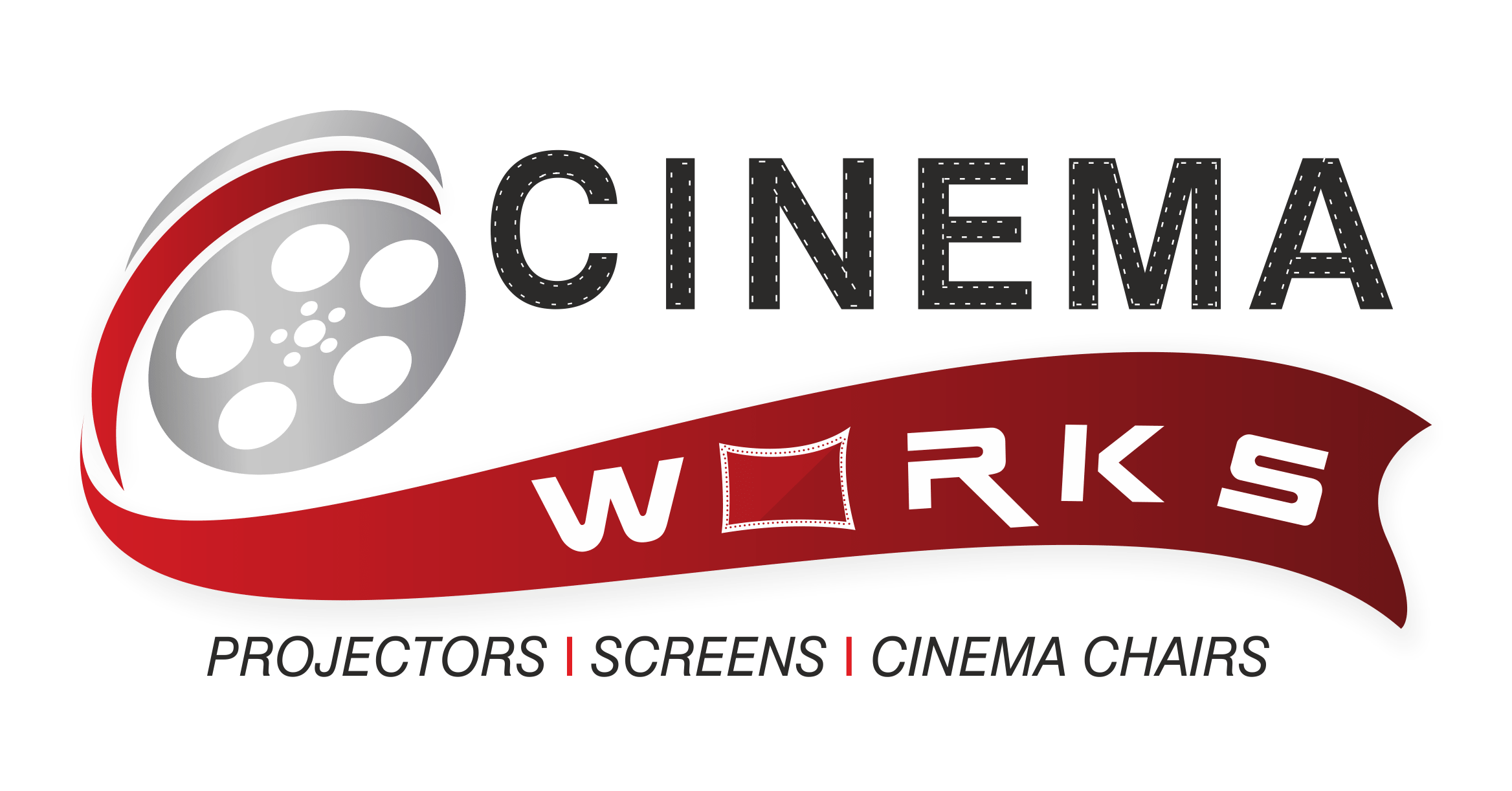Cinema Technology: The Complete Guide for Owners & Operators
Introduction: Navigating the Evolving Landscape of Cinema Technology
The cinema industry is in constant flux, driven by technological advancements that redefine the viewing experience. For owners and operators, staying ahead of the curve is crucial for profitability and audience satisfaction. This comprehensive guide delves into the essential aspects of cinema technology, from projection systems and sound solutions to seating comfort and accessibility features. We’ll explore the latest innovations, cost considerations, maintenance strategies, and future trends, equipping you with the knowledge to make informed decisions for your cinema.
Projection Systems: Choosing the Right Technology for Your Needs
The heart of any cinema lies in its projection system. This section analyzes different projection technologies, including:
Digital Cinema Projection (DCP):
Explore the advantages and disadvantages of various DCP resolutions, frame rates, and compression techniques. We will discuss the lifespan of projectors, maintenance requirements, and cost-effectiveness of different models.
Laser Projection:
Examine the benefits of laser projection, such as increased brightness, enhanced color accuracy, and reduced maintenance compared to traditional lamp-based systems. We’ll discuss the initial investment and long-term cost savings.
3D Projection:
A detailed look at 3D projection technologies, including active and passive systems, their respective pros and cons, and considerations for audience comfort and viewing experience.
HDR & High Frame Rate (HFR):
Understand how High Dynamic Range and High Frame Rate technologies enhance the visual experience and the implications for your cinema’s equipment and content acquisition.
Sound Systems: Immersive Audio for a Captivating Experience
Exceptional sound is paramount to a truly immersive cinematic experience. This section details various sound system options:
Surround Sound:
An overview of Dolby Atmos, DTS:X, and other surround sound technologies, including their unique features, setup requirements, and impact on audience engagement.
Speaker Placement and Calibration:
Best practices for speaker placement to optimize sound distribution and clarity, alongside techniques for accurate calibration for an optimal listening experience.
Audio Mixing and Mastering:
Discuss the importance of high-quality audio mixing and mastering for theatrical releases, and the implications for sound reproduction within your cinema.
Seating and Auditorium Design: Enhancing Audience Comfort
Audience comfort directly impacts their satisfaction and likelihood of returning. We cover:
Seating Types and Materials:
Different seating options, including recliner seats, premium seating, and accessible seating, their cost implications, and long-term maintenance needs.
Auditorium Acoustics and Lighting:
Strategies for optimizing auditorium acoustics and lighting design to create an immersive and comfortable viewing environment.
Accessibility Features:
Designing your cinema for inclusivity by incorporating features like wheelchair accessibility, assistive listening devices, and captioning support.
Content Management and Delivery: Streamlining Operations
Efficient content management and delivery are crucial for a smooth cinema operation. This section covers:
Digital Cinema Package (DCP) Management:
Methods for securely receiving, storing, and playing DCPs, including server infrastructure and content security measures.
Content Scheduling and Automation:
Tools and strategies for automating scheduling and playlist management, improving operational efficiency.
Content Protection and Security:
Measures to protect your content from piracy and unauthorized access, including encryption technologies and security protocols.
Maintenance and Upkeep: Extending the Lifespan of Your Equipment
Regular maintenance is key to maximizing the lifespan of your cinema technology and minimizing downtime. We examine:
Preventative Maintenance Schedules:
Establishing routine maintenance schedules for projectors, sound systems, and other equipment, and cost-effective maintenance strategies.
Troubleshooting Common Issues:
Identifying and resolving common technical problems in your cinema’s equipment, and exploring resources for technical support.
Future Trends in Cinema Technology: Staying Ahead of the Curve
The cinema landscape continues to evolve. We discuss emerging technologies that may impact your cinema in the future:
Immersive Experiences:
Exploration of immersive technologies like virtual reality (VR) and augmented reality (AR), and their potential integration into cinema experiences.
Personalized Viewing:
Discuss the potential for personalized viewing experiences, such as customized sound and visual settings based on individual preferences.
AI and Automation:
Explore the role of Artificial Intelligence and automation in managing cinema operations, from scheduling and content delivery to customer service.
Conclusion: Investing in the Future of Your Cinema
By understanding and embracing the latest advancements in cinema technology, you can enhance the viewing experience, increase efficiency, and improve your cinema’s profitability. This guide provides a solid foundation for making informed decisions and staying ahead in this dynamic industry. Regularly reviewing technological advancements and industry best practices will ensure your cinema remains competitive and delivers a captivating cinematic experience for years to come.
